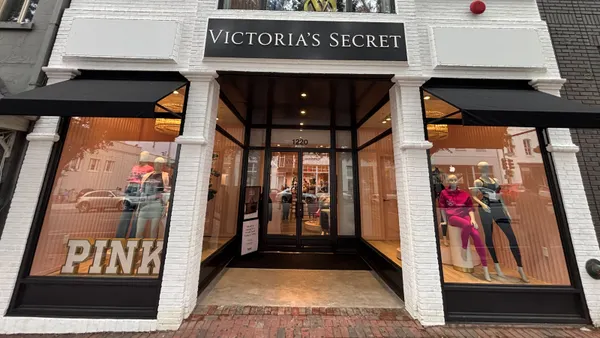Dive Brief:
- Norfolk Harbor at the Port of Virginia will soon be deepened to 55 feet and widened to 1,300 feet, the effects of which will permit larger, post-Panamax ships to maximize load limits, American Shipper reported. Two-way ship traffic will also improve.
- The Army Corps of Engineers gave approval to the proposed project last week. $20 million in the state budget had already been earmarked to commence preliminary engineering and design work in anticipation of approval.
- Port officials consider the project vital to the area's infrastructure and the national economy.
Dive Insight:
The Port of Virginia continues on its quest to gain premier status as the east coast port of choice and the preference for post-Panamax ships.
Joseph D. Harris, senior director of media relations at the Port, told Supply Chain Dive he's seeing growth in cargo volume and expects that trend to continue.
"We just completed calendar year 2017 having set another record in terms of volume — 2.8 million TEUs twenty-foot container units. As our volumes grow, we are seeing the number of vessel calls decline: we are seeing fewer ships, but the ships are bigger and are carrying more cargo," Harris noted.
The Port of Virginia announced its plan to both deepen and widen several channels in order to avoid possible future issues with anytime sailing transits, or special tide sailing for post-Panamax sized ships.
"We are seeing fewer ships, but the ships are bigger and are carrying more cargo."

Joseph D. Harris
Senior Director of Media Relations, Port of Virginia
"The wider, deeper, safer effort is necessary so that the Port of Virginia can safely handle the biggest ships in the Atlantic trade loaded to their maximum. Further, we want to be able to maintain two-way vessel traffic in the channels. Presently, when an ultra-large container vessel sails into Norfolk Harbor, there is a temporary closure of the channel to all other commercial ship traffic, which creates an inefficiency. Widening the channel allows for two-way vessel traffic and for business to continue uninterrupted. A wider, deeper channel increases the pace of commerce and makes way for the expeditious movement commercial and Navy vessels," Harris said.
The Port expects that operations will be more streamlined as a result.
"In short, this effort combined with our $695 million terminal expansion projects will create efficiency for cargo owners and ocean carriers," Harris added. "It will mean a growing number of bigger ships loaded to their limit making Virginia their first and last call on the U.S. East Coast. A fully-laden vessel making Virginia its first USEC stop means the cargo owners get their cargo (imports) quicker, and the same is true on the export side.
"A wider and deeper channel also allows existing supply chains to grow: shippers will not have to concern themselves with finding a deep-water port, cargo owners can grow their volumes without concern for terminal capacity and ocean carriers know their vessels can move safely and efficiently in and out of The Port of Virginia," he concluded. "These kinds of projects also help to keep the cost of goods economical as overall efficiency improves and speed-to-market increases."













